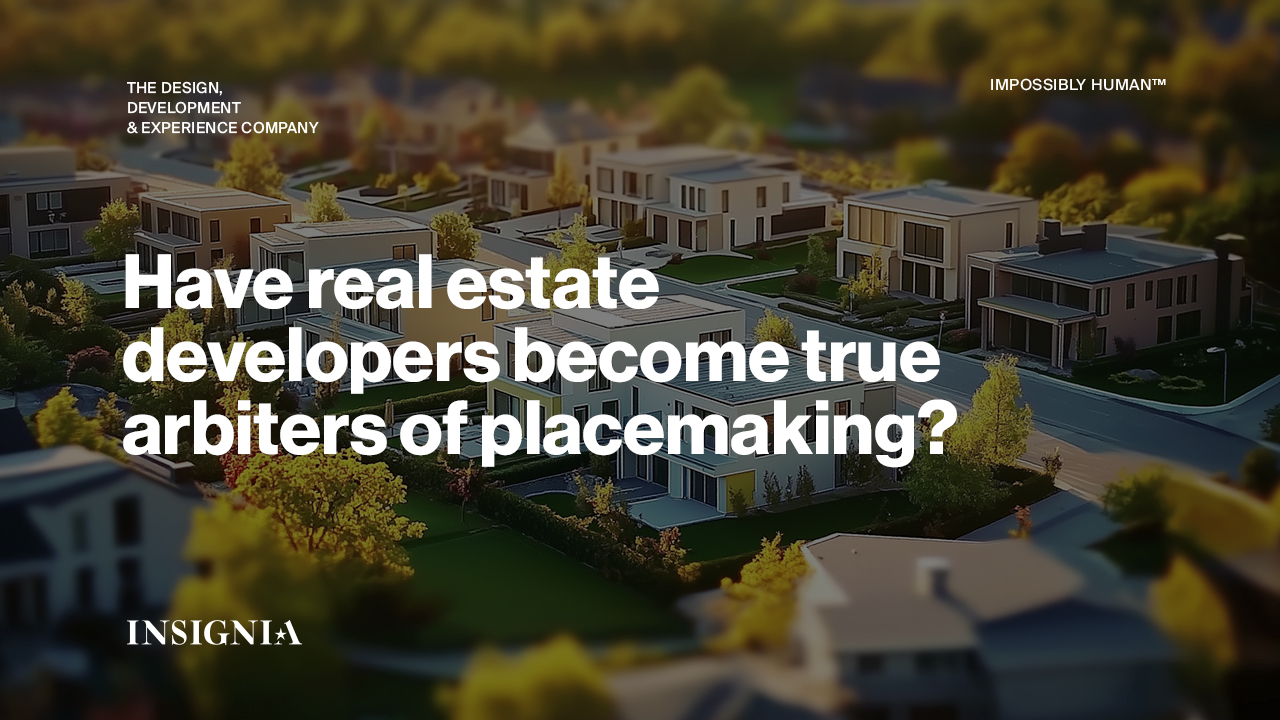Brand marketers have known this for a while. Consumers, and Gen Z in particular, engage more loyally with brands that foster an authentic connection, tell meaningful stories and create a sense of community and belonging. They make decisions about face cream and even jeans based on how much of themselves they see reflected in a brand’s ethos.
While connecting with likeminded folk can be important in the context of purchasing a beauty or denim product, there is perhaps no aspect of life where community and belonging are as important as where we choose (and are able) to live.
Up until recently, it was up to house hunters as individuals to find and carve out that sense of community. Traditional real estate developments were driven primarily by practicality and efficiency. Developers targeted certain socio-economic backgrounds depending on the project, but those could hardly be called communities.
The rise of community-centred placemaking
The landscape today has clearly begun to shift. Real estate and development companies are recognizing the immense value of placemaking—intentionally designing environments that encourage interaction, engagement, and shared experiences. Placemaking integrates architecture, urban planning, and human-centred design to create spaces where people feel connected and engaged.
Consider the announcement of Athlon, a new development by Aldar in Dubai, which is writing the rules for what it means to design a residential community around the idea of living an active lifestyle. Catering to those who prioritise physical wellness and activity, the development’s design principles facilitate daily movement. Everything from urban planning to architecture, and the way facilities and amenties are thought through, puts a community’s unifiying habits first.
Aldar’s second Dubai development, Haven, builds on this community-focused principle, with an entire wellness theme. The approach is to create a livable, unifying experience and human-centric spaces.
Just outside Riyadh, Diriyah has been conceived, not just with sustainable design principles as the “City of Earth” but also as a walkable city. The nodal approach is designed to create vibrance, opportunity, and sense of place throughout.
Beyond physical spaces, developers are also increasingly investing in experience design and programming, to faciliate real opportunities for communities to interact. And with the rise of Smart Cities, ditigal platforms enable real-time community engagement, both serving as a way to connect and giving residents a voice in neighbourhood decision-making.
Benefits for developers and communities
This shift toward placemaking can only be seen as mutually beneficial. Residents and tenants gain a richer, more fulfilling experience, leading to higher satisfaction and long-term loyalty. Businesses thrive in environments where people linger, engage, and return frequently. Developers, in turn, see higher property values, stronger brand reputation, and increased demand for their spaces.
By prioritising connection over construction, real estate companies have moved beyond shaping skylines—they are shaping the way people live, work, and interact. This approach is redefining urban life, turning developments into thriving communities rather than mere assets.
Insignia Worldwide crafts new realities at the intersections of strategy and storytelling, by challenging what is humanly possible and creating what is Impossibly HumanTM
